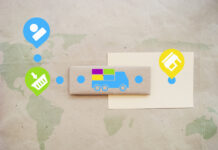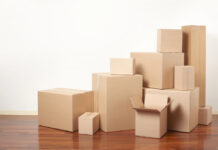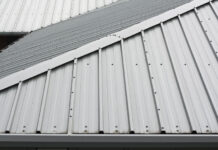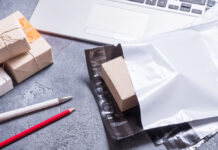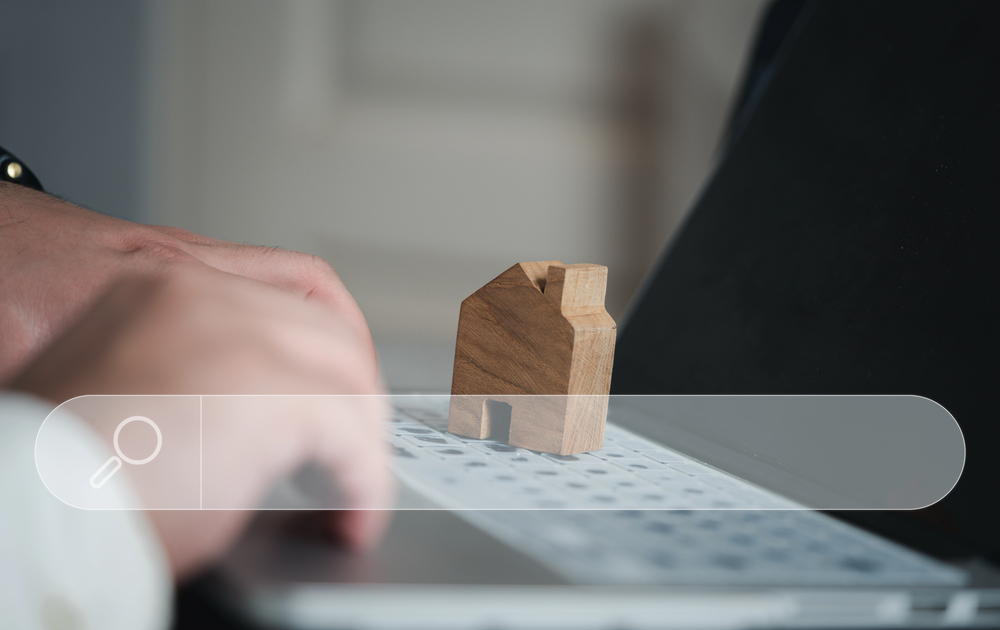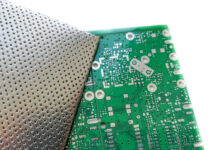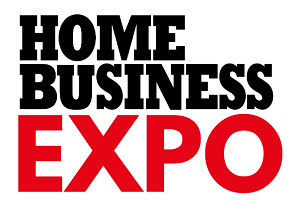The Rise of DIY and Digital Fabrication
The do-it-yourself (DIY) movement has changed the way people approach home decor, fueled by accessible technology and a desire for personalized spaces. In the United States, where homeownership and creative entrepreneurship thrive, digital fabrication tools such as laser cutters have become game-changers. Among the key drivers of this trend are Drawing Exchange Format (DXF) files, which allow anyone with a laser cutter to create intricate, professional-quality designs. These digital templates make it possible to create custom home décor, from wall art to functional organizers, with precision and ease. For hobbyists and small business owners alike, DXF files open the door to a lucrative home-based business that combines creativity with modern manufacturing. This article explores how to use DXF files for laser cutting, the types of décor you can create, practical tips for working with laser cutters, and the potential for building a home décor business from your garage or workshop.
Why DXF Files and Laser Cutting?
Laser cutting is a precise, non-contact process that uses a high-powered laser beam to cut or engrave materials such as wood, acrylic, metal or leather. DXF files, widely used in computer-aided design (CAD) software, serve as the blueprint for these machines. They contain vector-based instructions that guide the laser’s path, ensuring clean cuts and detailed engravings. The beauty of DXF files is their accessibility – you can download ready-made DXF files for laser cutting and easily personalize everything from wall art to kitchen organizers. Or you can design your own using software like AutoCAD, Fusion 360 or free tools like Inkscape. This flexibility makes laser cutting an ideal medium for creating unique home décor, whether for personal use or for sale locally or online.
The U.S. market for custom home decor is booming, driven by platforms like Etsy, local craft fairs and social media marketplaces. With entry-level laser cutters costing as little as $500, anyone can start a home-based business. The low barrier to entry, combined with the ability to produce high-quality, custom-made items, positions laser cutting as a viable side hustle or full-time business.
Types of Home Decor You Can Create with DXF Files
Laser cutting with DXF files enables the creation of a wide range of home décor items. Below are four popular categories, each with unique appeal and market potential.
Geometric Wall Panels
Geometric wall panels are a staple of modern interior design, adding texture and visual interest to living spaces. Using DXF files, you can cut intricate patterns into materials such as plywood, MDF or acrylic to create stunning 3D wall art. For example, a hexagonal grid pattern can be layered to create a sculptural effect, or a minimalist wave design can add subtle elegance. These panels are lightweight, easy to paint, and can be customized to match any color scheme. For a business, offering sets of modular panels that customers can assemble themselves is a great selling point because it appeals to the do-it-yourself ethos.
Coasters and Organizers
Functional decorations such as coasters, desk organizers and kitchen storage solutions are perennial bestsellers. DXF files make it easy to cut precise shapes, such as circular coasters with engraved mandala patterns or slotted organizers for pens and utensils. Materials such as bamboo, cork, or acrylic are durable and aesthetically pleasing, making them ideal for everyday use. Personalization – such as engraving names, initials or quotes – adds value and appeals to gift buyers. A home-based business can capitalize on this by offering bulk orders for events such as weddings or corporate gifts.
Light Fixtures and Lampshades
Lighting is a powerful design element, and laser-cut lampshades or light fixtures can transform a room. Using DXF files, you can cut intricate patterns into thin wood or acrylic to create shades that cast beautiful shadows when illuminated. For example, a cylindrical lampshade with a floral cutout can add a bohemian vibe, while a geometric pendant can complement minimalist interiors. These items require careful material selection (such as heat-resistant acrylic) and assembly, but their high perceived value makes them profitable. Selling DIY kits with pre-cut parts and assembly instructions can also attract customers who enjoy hands-on projects.
Personalized Gifts
The gift market is a goldmine for laser-cut decorations, especially personalized items. DXF files can be modified to include custom text or designs, such as family names on wooden signs, monogrammed key chains or engraved picture frames. These items resonate with consumers looking for meaningful, unique gifts for birthdays, holidays, or housewarmings. By offering customization options through an online store or at local markets, you can build a loyal customer base. The ability to quickly customize DXF files for each order ensures efficiency, even for short runs.
Tips for Working with a Laser Cutter at Home or in a Workshop
Whether you’re setting up a laser cutter in your garage or using a shared makerspace, success depends on preparation, safety, and technique. Here are practical tips for getting started and streamlining your workflow.
Choose the Right Laser Cutter
For home use, compact diode or CO2 laser cutters are ideal, with prices ranging from $500 to $5,000, depending on power and features. Entry-level models like the Ortur Laser Master 3 are fine for cutting thin wood or acrylic, while higher-end machines like the Glowforge Pro can handle thicker materials and larger projects. Consider your budget, the size of your workspace, and the types of decorations you plan to make. For a business, investing in a reliable machine with good service is critical to minimize downtime.
Master Your Materials
Material selection affects both aesthetics and cutting performance. Common options include
-
Plywood and MDF:
Affordable, easy to cut, and great for wall panels or organizers. Use Baltic birch for a premium look.
-
Acrylic:
Versatile for light fixtures and coasters, available in a variety of colors and thicknesses.
-
Leather or Cork:
Ideal for unique coasters or engraved gifts.
Test each material with your laser cutter to determine optimal settings (power, speed and passes). Always source materials from reputable suppliers to ensure consistency, and check for laser safety certifications to avoid toxic fumes.
Design and Source DXF Files
If you’re new to CAD, start with ready-made DXF files from platforms like Etsy, Craftsmanspace, or DXFforCNC.com. These files are often optimized for laser cutting and come with clear instructions. As you gain confidence, use free software such as Inkscape or QCAD to modify files or create your own. Make sure your designs account for material thickness and include proper kerf adjustments (the width of the laser cut) to avoid loose fits in interlocking parts.
Prioritize Safety
Laser cutting involves hazards such as fire, fumes, and eye damage. Always operate in a well-ventilated room with a fume hood or exhaust system. Wear laser safety goggles, keep a fire extinguisher nearby, and never leave the machine unattended. Follow the manufacturer’s guidelines and local regulations, especially if you work from home, as some U.S. cities require permits for commercial laser use.
Streamline Production
Efficiency is key for a home-based business. Batch similar projects to reduce setup time, and create reusable DXF templates for common items. Use software such as LightBurn or RDWorks to manage cutting jobs and optimize material usage. Keep an inventory of materials and track costs to price your products competitively. For example, a set of four laser-cut coasters might cost $2 in materials but sell for $20, providing a healthy profit margin.
Market Your Creations
Selling custom decor requires visibility. Start with local craft fairs, farmers markets or consignment shops to test demand. Online, set up an Etsy store or use social media platforms like Instagram and Pinterest to showcase your work. High-quality photos and videos of your laser cutter in action can attract customers. Emphasize the handmade, customizable nature of your products to stand out in a crowded marketplace. Joining maker communities, both online and local, can also provide valuable feedback and networking opportunities.
Bottom Line: Redefining Interior Design with Digital Templates
DXF files and laser cutting are revolutionizing the way we approach home décor, empowering individuals to create professional-quality items from the comfort of their own homes. In the U.S., where entrepreneurship and creativity are celebrated, this technology offers a unique opportunity to turn a passion for design into a thriving business. Whether you’re creating geometric wall panels, personalized gifts, or innovative lighting fixtures, the combination of digital templates and laser precision opens up endless possibilities. By mastering the tools, materials, and marketing strategies outlined above, you can capitalize on the growing demand for custom decor and build a sustainable business. As digital fabrication continues to evolve, it’s clear that the future of interior design lies in the hands of makers who use technology to create spaces that are uniquely their own.
Find a Home-Based Business to Start-Up >>> Hundreds of Business Listings.




